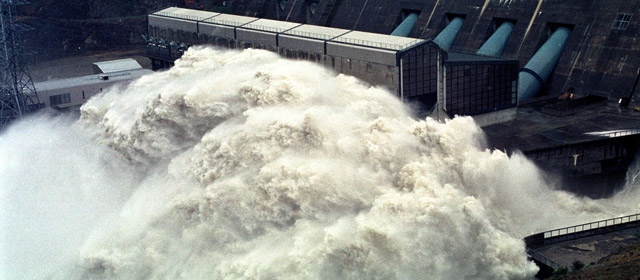He korero whakarapopoto
How we use water
Compared to many countries, New Zealand’s lakes and rivers are clean and clear, and the tap water is of good quality. People have contact with fresh water in many ways, including:
- wading in streams or rivers while tramping or fishing
- boating, swimming or fishing in lakes
- washing or drinking
- farm irrigation.
Water quality can vary – for instance, it may not be drinkable, but is usable for washing.
Soil erosion
When early settlers cut down the forests to make farmland, many hillsides began to erode. Soil was washed down and began to build up in rivers and lakes, sometimes smothering plants and fish.
Sewage
Sewage and factory waste was once piped directly into rivers and lakes. This brought unwanted nutrients, damaged the water and wildlife, and caused health problems in people. Today most sewage is treated with chemicals first.
Farm fertilisers
Fertilisers put onto farms contain nutrients such as nitrate and phosphate. Any that are washed into lakes and rivers upset the natural balance of nutrients in the water. Fish are harmed and some water plants (e.g. algae) grow too much.
Algae and other problem plants
Algae are tiny water plants. Excess nutrients in the water (e.g. from city waste or farming) can make them grow too quickly. They clog lakes and rivers, reduce water clarity and starve fish of oxygen. During low flows and high summer temperatures in the 1980s the Manawatū River had so much algae that fish were dying. There is now less pollution, but water runoff from farms still damages the water quality.
Hornwort is the worst water weed. It can reach 10 metres tall underwater, smothering other plants.
Protecting the water
There are laws that protect New Zealand’s water, and control how it is used. The strictest standards are for drinking water. Councils test lakes and rivers for pollution, and sometimes certain fish species are used to eat up unwanted water weed. Farmers have to follow guidelines about using fertiliser and effluent, to reduce pollution in streams and lakes.





